As the shooting season gets into full swing, Howard Kirby reminds us how to avoid one of the most frowned upon picking-up problems: your gundog swapping birds
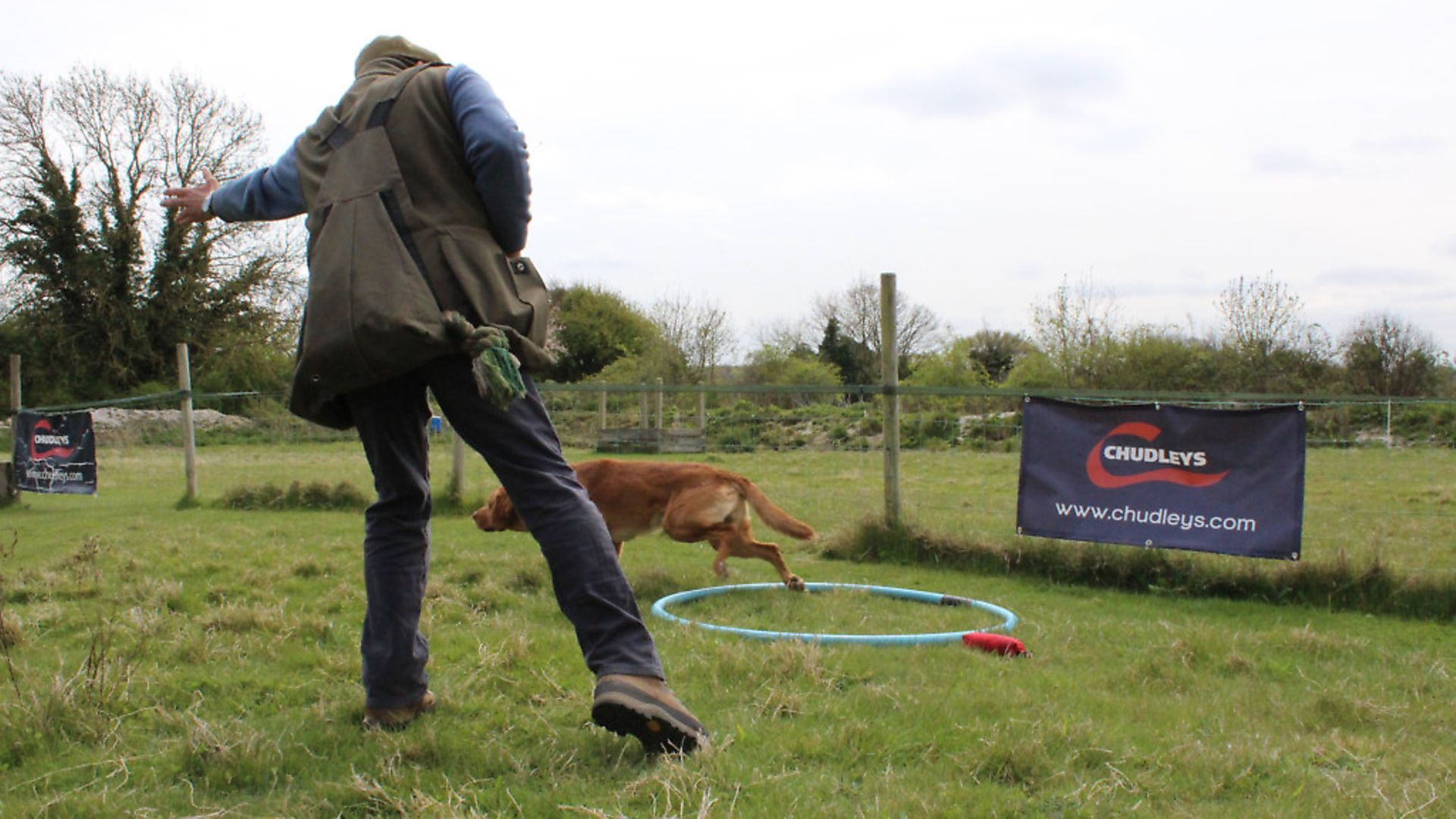 credit: Archant
credit: Archant
Working in the shooting field as a picker-up is one of life's great pleasures for many of us gundog addicts. There are so many things that make picking-up so pleasurable. Top of the list must be that you are able to work with a dog doing what it was bred to do. If you add in being outside among the woodlands, fields and moors, spending time with likeminded folk, getting to bump around in your 4X4 and, of course, being part of the wonderful occasion that we call a shoot day, it's hard to understand how anyone wouldn't enjoy what we love!
The great thing about being a picker-up is that it comes in many guises and you can have as much fun with one dog as someone that works with a whole team. There are big driven days that require a huge amount of dog power to ensure that all wounded game is efficiently picked and small days where a team of two or three pickers-up are quite enough.
When it comes to your choice of canine accomplice, most would choose a retriever or spaniel. That said, there are many other breeds that can be great for the job. While on the subject of 'the job', of course, we require a dog that will hunt all types of cover in the pursuit of shot game and, once located, retrieve it back to its handler. Ideally, we would choose a dog that, either naturally or through training, hunts around and stays within earshot of you.
A dog that regularly has its own agenda and clears off to do its own thing is at the very least a real nuisance - I know, I used to own one. She was called Margo after the difficult, pompous character that Penelope Kieth used to play in the comedy series The Good Life. Oh boy, talk about living up to her name. By the time Margo was six, if you turned your back on her for two seconds, she would melt away into the trees and go missing for up to half an hour. Of course, "she would always come back with a bird," but in the meantime the worry exceeded her efforts. Gosh, she was a handful, that dog! Interestingly, her litter sister, Holly, was the most delightful and talented picking-up dog that I've ever owned.
So having made more than a few mistakes in the shooting field in my time, let's take a look at some of the mistakes and pitfalls that we would do well to avoid.
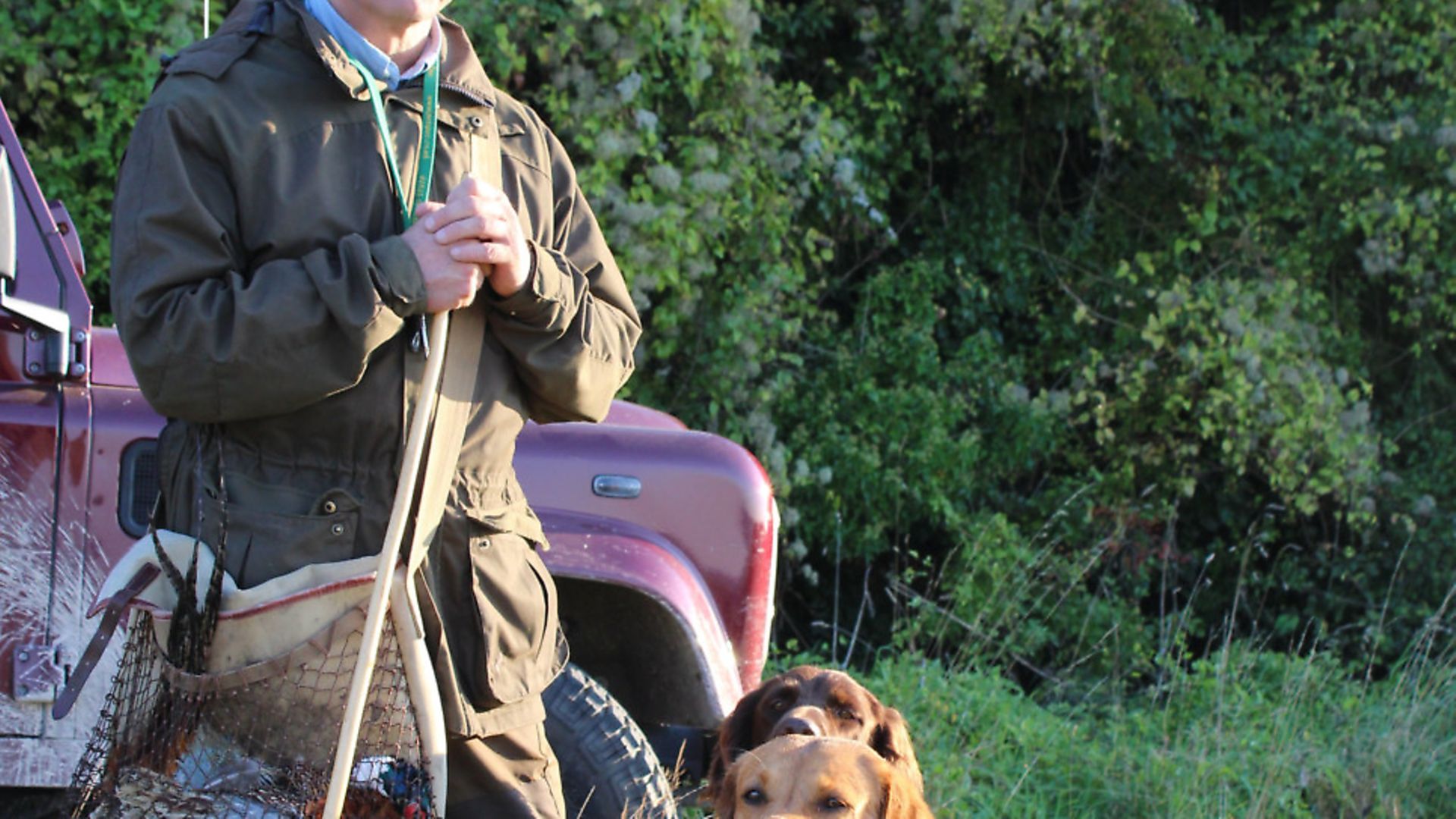 credit: Archant
credit: Archant
Training
Firstly, I'd advise you to ensure that you've done all of your homework and that your dog has been through what will probably be about 18 months of training to prepare it for the job. You need a reliable recall and by that I mean a recall that works irrespective of the environment the dog is in. It's very easy to underestimate how quickly an apparently well-trained dog will unravel once you get into a real shooting environment. Of course, the dog will need to have been schooled to retrieve, ideally to hand and be familiar with the many different types of game that it will be required to pick-up. Basic training will have covered loose-lead heelwork and steadiness, but many brilliant working dogs can do the job without being good at these two desirable behaviours.
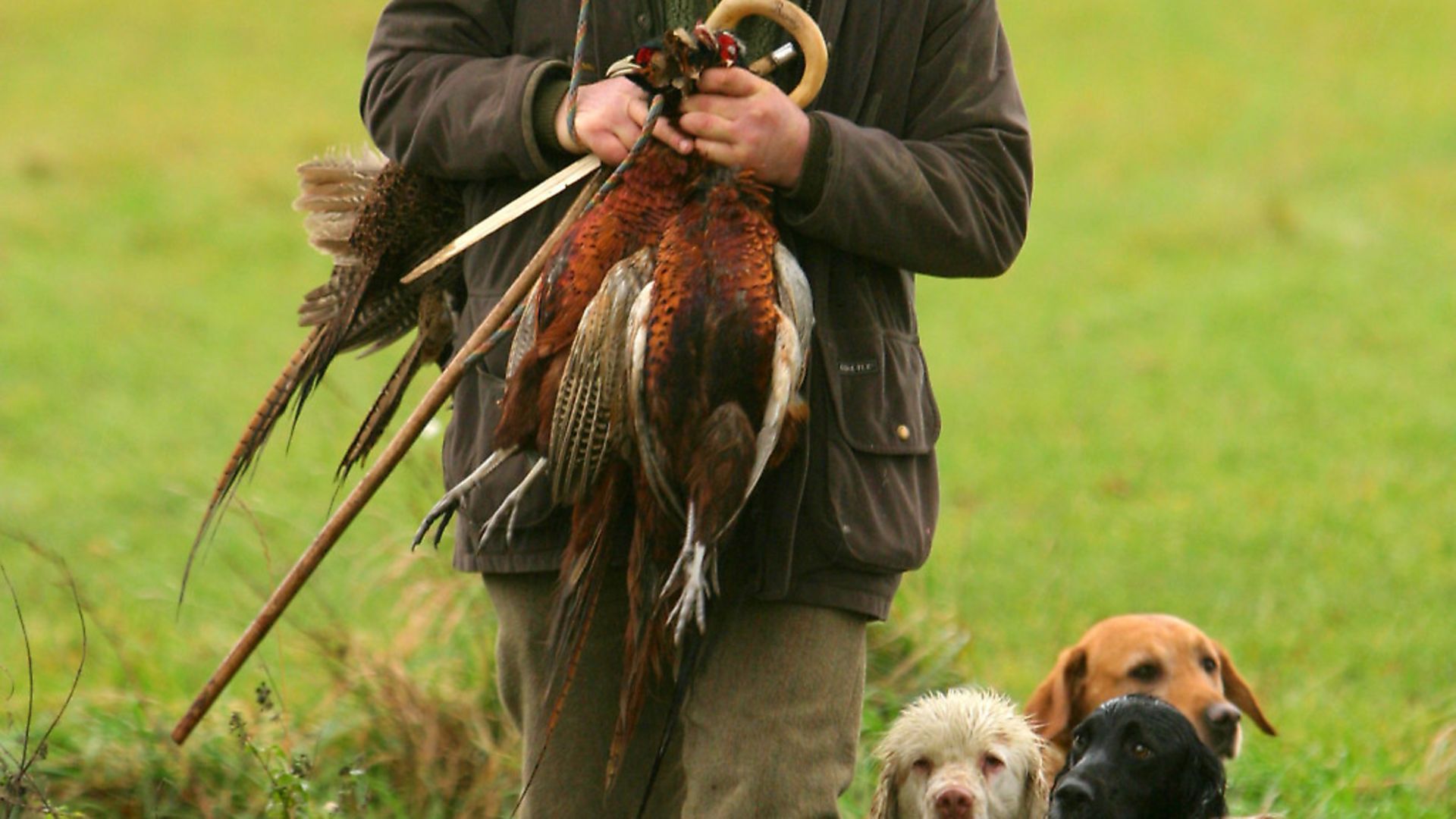 credit: Archant
credit: Archant
Swapping birds
A common problem is that a dog will learn to swap birds. This can be avoided by doing your best not to send the dog into areas where there are multiple birds down. Around the pegs is where things can easily go wrong. In fact, it is peg dogs that usually learn this unwanted behaviour.
During intermediate and advanced training we can teach a young dog that once it has a dummy in its mouth, dropping and swapping is not the done thing. Split retrieves and directional training are the beginnings of teaching a dog that he is to focus on the dummy you send him for.
Once all is good and delivery to hand is consistent, you might try just rolling a tennis ball out as he returns. This exercise is all about creating a distraction, one that is deliberately designed to catch the dog's attention. This is one of those rare occasions in dog training where we are deliberately trying to get the dog to think about making the wrong choice. Key to success here is that you have thoroughly taught the dog to understand that you disapprove of his thoughts. I want you to pause now and think long and hard about this….so what are you going to do?
As always, observation, familiarity and timing is so important here. Put yourself on a lawn or somewhere that a ball can roll on. If you're lucky enough to have a big open-plan house, you could do this indoors. Send the dog for a straightforward retrieve. On its return and when the dog is about 10m out, flick the ball straight out behind you.
The dog's natural reaction is to look at the ball as it rolls away. If he shows any intent to pursue the ball, growl at him. Ideally, you will already have the 'Leave that' command in place. Your intent is to make it clear that the dog must not get involved with this distraction. As the dog's understanding grows, you can gradually increase the difficulty of this exercise by rolling the tennis ball closer to the dog on its return. Eventually, you should be able to roll the ball straight at the dog and it will side-step and pay no attention to the distraction.
It's important to know that you must not add a second dummy and definitely not throw a distraction until you are getting a consistent and secure delivery to hand, otherwise you risk additional problems. The second dummy might encourage the dog to drop its first retrieve to get to the second.
Once the dog has a thorough understanding of this exercise, you can progressively build up the temptation using elasticated running rabbits, dummy launchers and cold game. A really good session in a rabbit pen will also help.
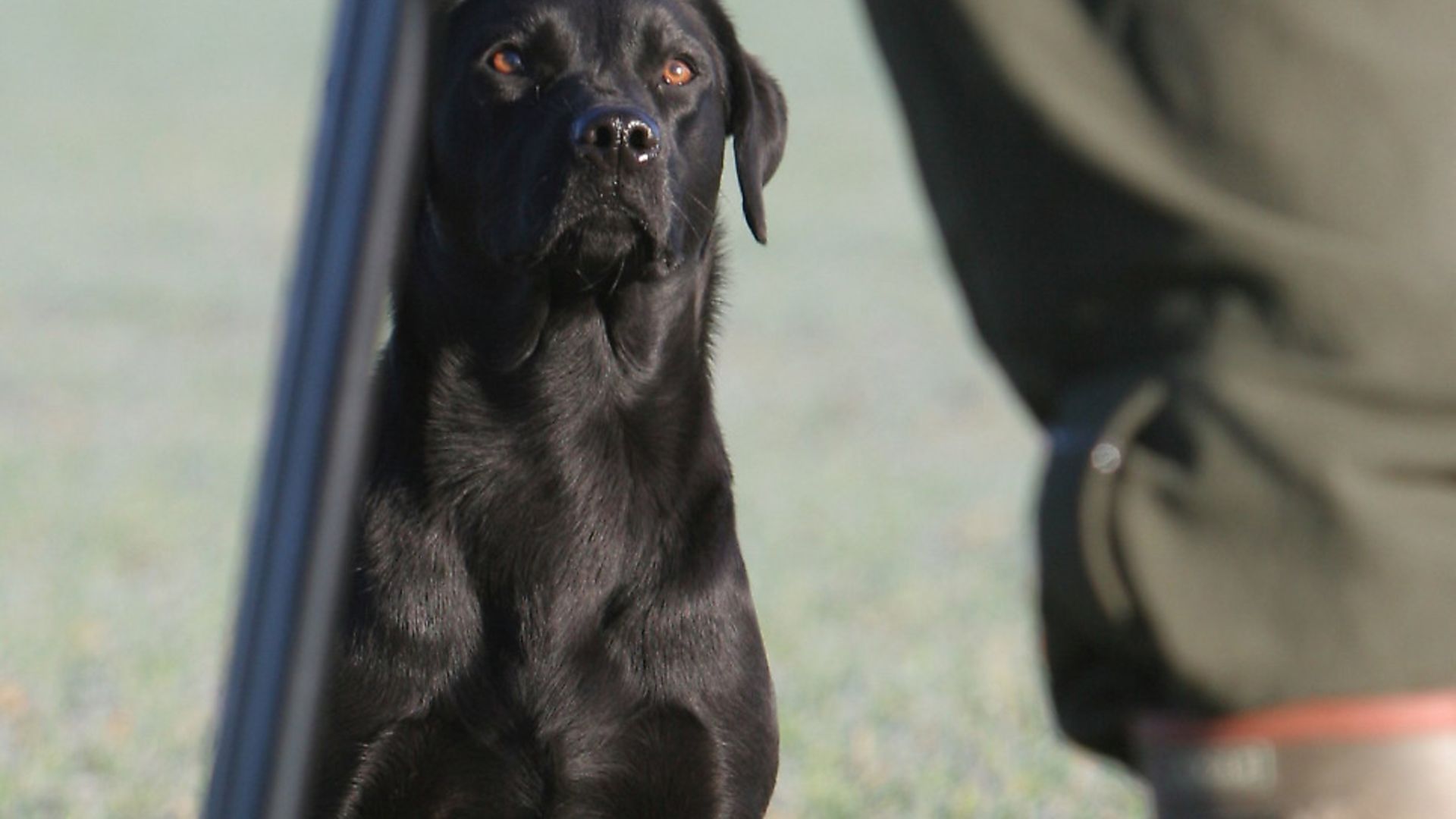 credit: Archant
credit: Archant
The real thing
While in the shooting field, ensure you have thoroughly thought about each retrieve or area into which you are about to set the dog to work. Try your upmost to keep a visual contact with a dog that's hunting. As soon as the dog picks a bird, encourage a swift return to hand. There are so many temptations for an out-of-sight dog to take advantage of.
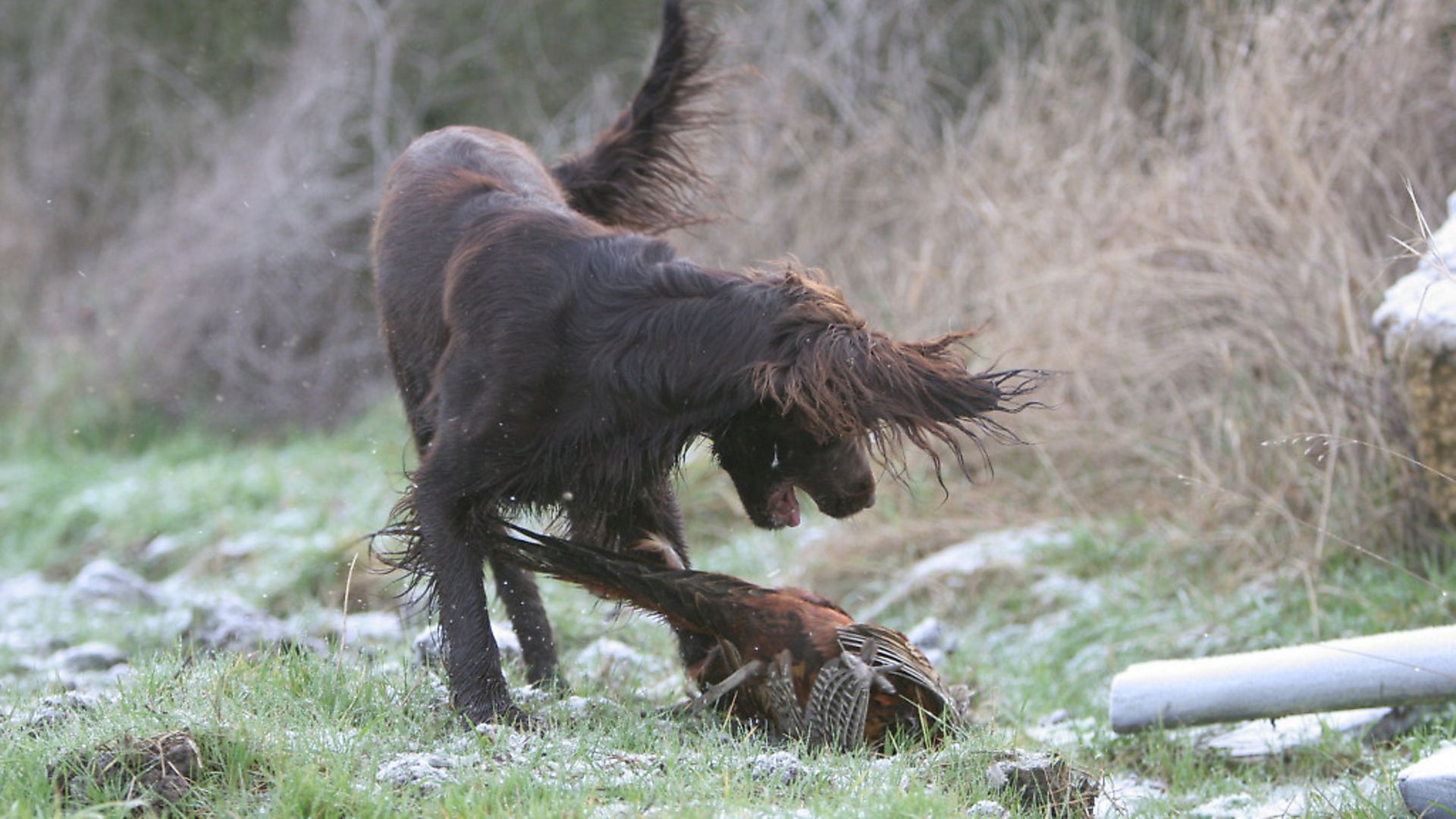 credit: Archant
credit: Archant
Ignore picked birds
On some of the bigger days, you will find that pickers-up leave birds in pre-organised places so that the game cart can collect them. Make it your business to teach your dog that these birds are not to be touched. They, of course, have different scent on them to unpicked birds; human and dog scent means that a dog can quickly learn that this 'sweet shop of birds' is strictly out of bounds.
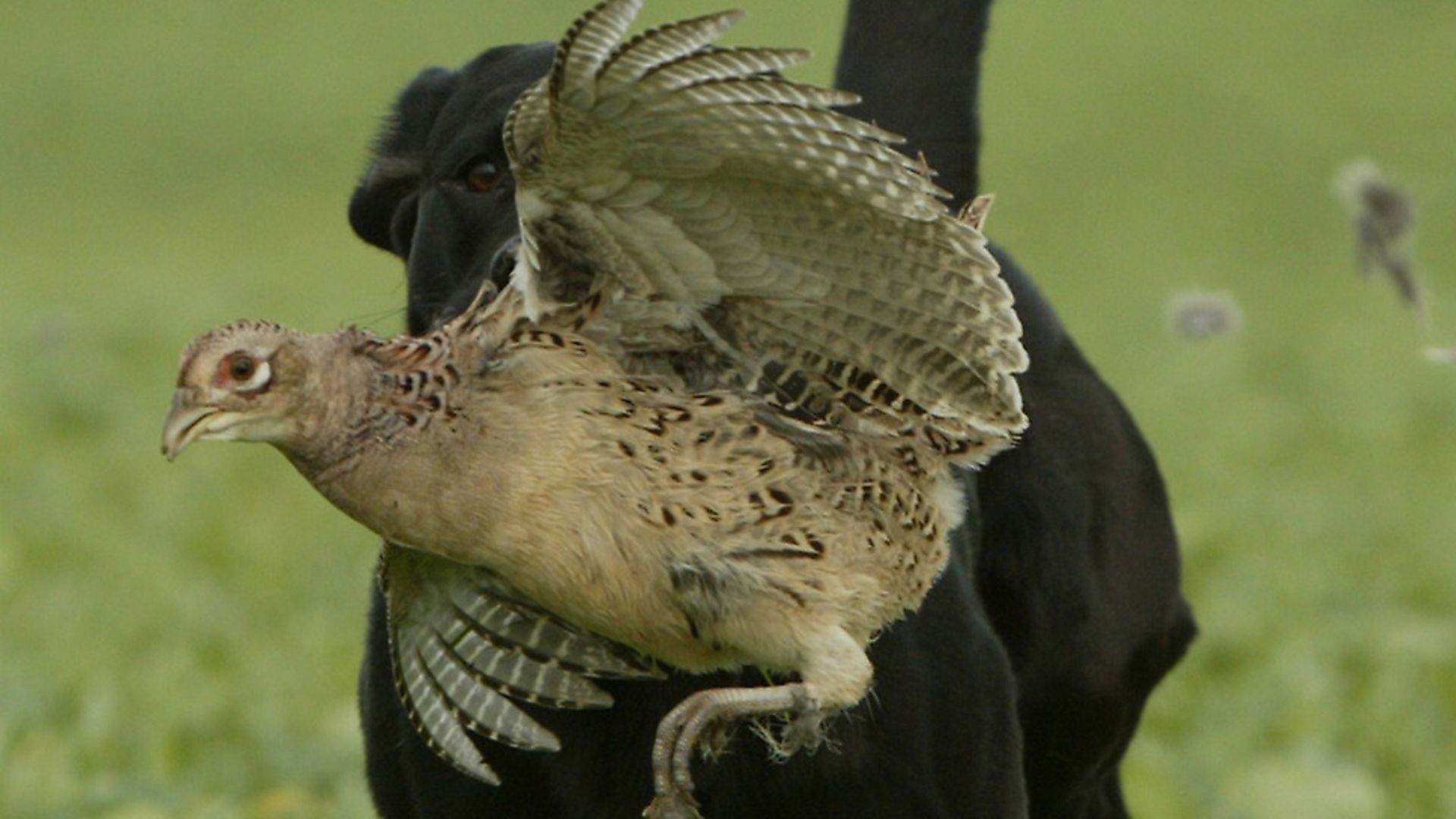 credit: Archant
credit: Archant
Pricked birds
On shoot days, your dog will bring back pricked birds, and these you will, of course, need to dispatch immediately. Sit your dogs up and put the bird on the floor as soon as you have dispatched it.
As the bird passes away, the flapping reaction from the bird will provoke a strong predatory reaction in your dog. Teach the dog that he is not to react to this as another means of important steadiness - an essential for the triallers among you that blame the Guns for dropping a bird too close to the dog. It's unlikely that it's been done on purpose and if there's a possibility that it might happen, we need to school the dog to be able to cope with all eventualities.
So we've had a think about teaching your dog not to swap birds in the field. Remind yourself that the dog is as good as its teacher. Enjoy your time with your dogs.
Keeeep Training!
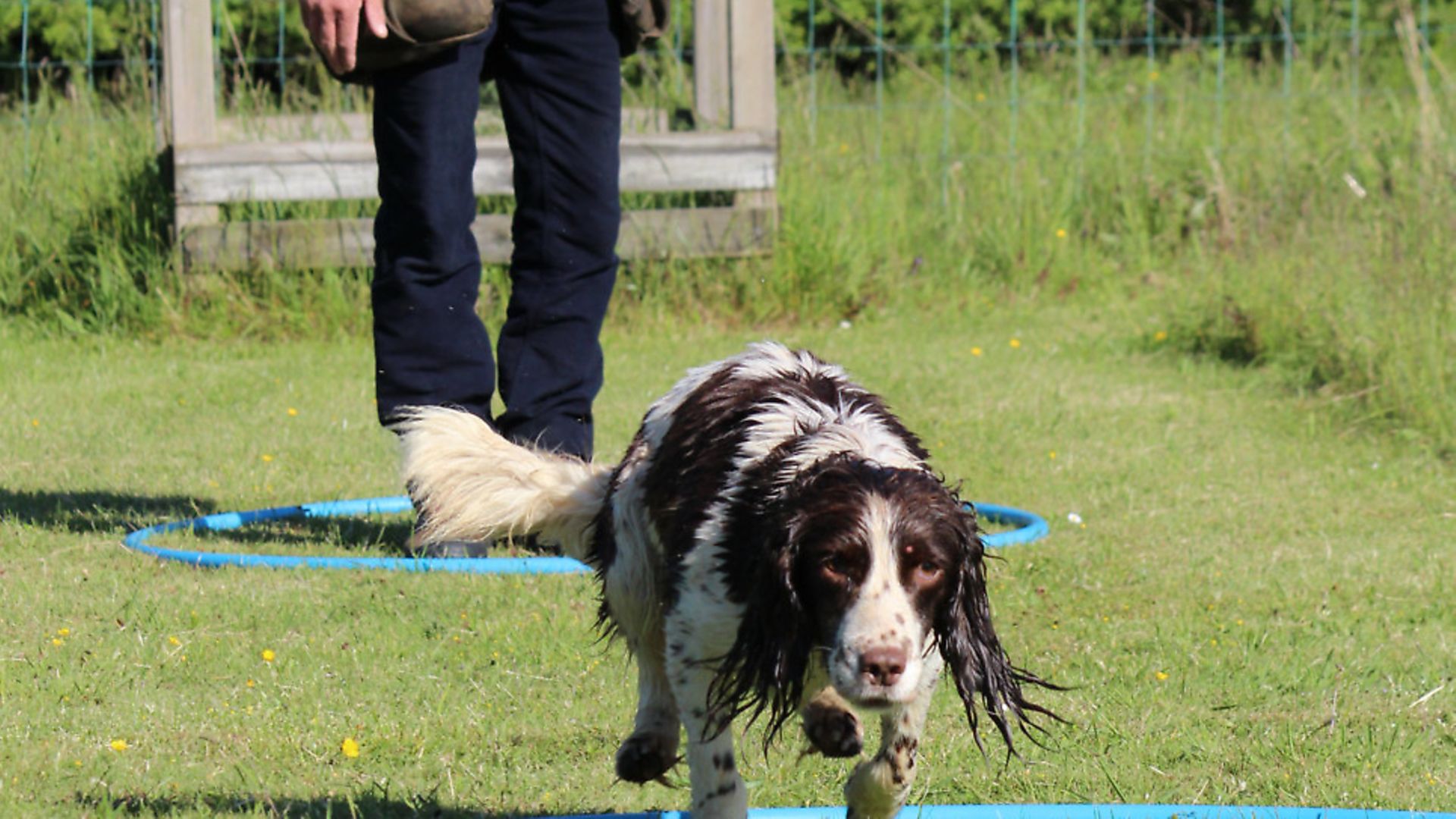 credit: Archant
credit: Archant
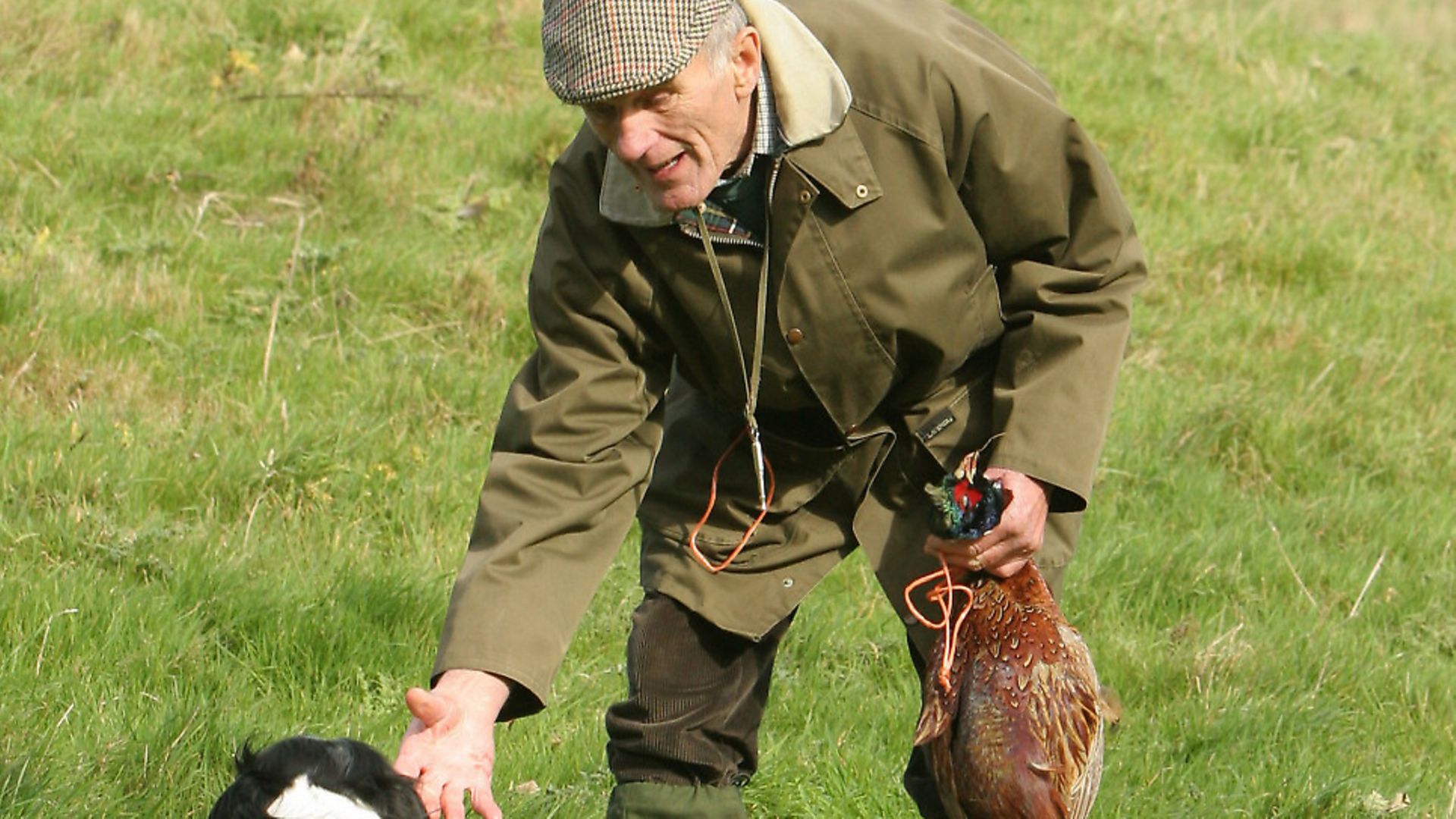 credit: Archant
credit: Archant
 credit: Archant
credit: Archant